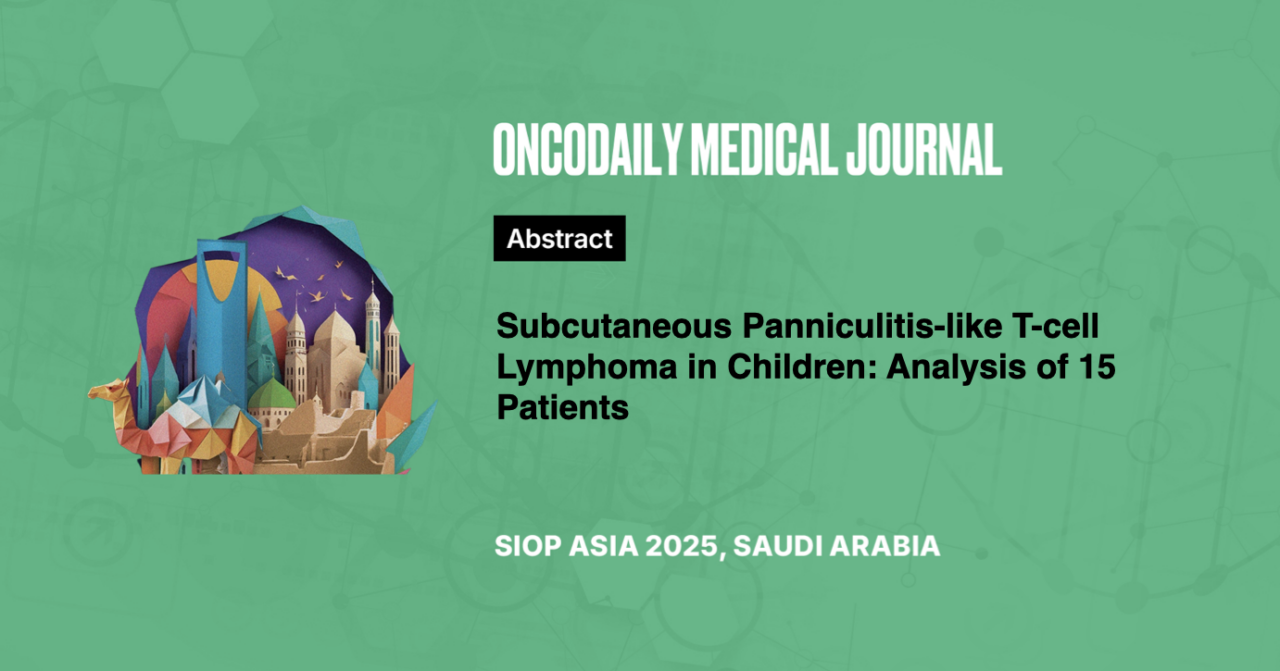Subcutaneous Panniculitis-like T-cell Lymphoma in Children: Analysis of 15 Patients
Abstract
Introduction: Subcutaneous panniculitis-like T-cell lymphoma (SPTCL) is a rare type of lymphoma that is infrequently observed in children.
Methodology: This study is a retrospective analysis that included patients under 18 years of age with SPTCL who received treatment at five clinics in Russia.
Results: The study included 15 patients with a median age of 3.5 years (range: 0.7–17.9 years), of whom 9 were male. The most common sites of involvement were the lower extremities (12 / 15 patients), upper extremities (7 / 15 patients), and the abdomen (7 / 15 patients).
The least common sites were the neck and perineum (2 / 15). Among the extradermal localizations, lymph node involvement was the most frequently noted (11 / 15 patients), and in 2 cases, there was the involvement of the abdominal and retroperitoneal adipose tissue. At the time of diagnosis, B-symptoms were present in 12 patients, and the complete syndrome of hemophagocytic lymphohistiocytosis was identified in 1 patient. The median level of LDH at diagnosis was 709 U/l (IQR: 476–1068 U/l).
Among all patients, nine underwent genetic testing. A mutation in the HAVCR2 gene was identified in 4 patients, in 1 patient – heterozygous mutation in the NBN gene, and in another patient – a mutation in the CARD11 gene. Three patients received CHOP-like therapy, 10 patients received CHOP-like therapy combined with immunosuppressive treatment, and 2 patients initially started on CHOP-like therapy and had their regimens modified to other protocols. Among the 15 patients, 7 underwent allogeneic hematopoietic stem cell transplantation (HSCT). Three patients were lost to follow-up, and 1 patient died from complications related to HSCT. The estimated overall survival probability at 3 years was 91% (95%CI: 74-100%).
Conclusion: SPTCL is a rare form of lymphoma in children. It is often associated with a somatic mutation in the HAVCR2 gene.





